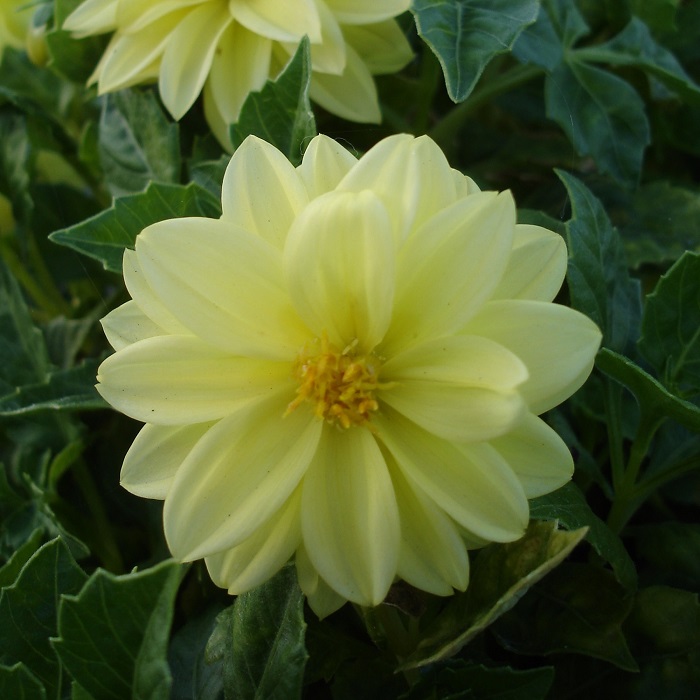UNITED STATES—It was easy to bury spring bulbs so discourteously in shallow graves last autumn, prior to concern about summer bulbs. None of them got proper funerals. Perhaps cool season annuals obscured their interment sites. No one needed to know they were there. It seemed like a perfect crime, until now. They are back like the undead. After all, they were not dead when interred. They were merely dormant, and likely plump and healthy.
Crocus, snowdrop, narcissus and some of the other related daffodil might already be blooming. Otherwise, their foliage is emerging above the soil. They do not necessarily wait for the soil to get warmer later in winter. Hyacinth and tulip will bloom a bit later. Delayed planting delays bloom, but only for the first season. Established spring bulbs from previous seasons will bloom as they like.
Spring bulbs, including corms, rhizomes, tubers and tuberous roots, prefer early interment for a reason. They appreciate a good chill through winter. Although most get refrigerated artificially prior to sale, they certainly do not mind a bit more chill. Besides, they also appreciate early root dispersion, even while still dormant. They prefer to start bloom early, but also finish bloom early.
Summer bulb season begins while spring bulbs bloom.
Summer bulbs are very different. They go into the garden later because they do not require chill. Furthermore, many types are sensitive to minor frost if they begin to grow too early in winter. Since they start growth later than spring bulbs, summer bulbs generally bloom later. However, some bloom for extensive seasons. A few summer bulbs bloom from early summer until frost in late autumn.
Dahlia, canna and old fashioned white calla are the more reliable of summer bulbs to plant now. Old fashioned white calla may be rare in nurseries. Smaller, more colorful, but less vigorous callas are more popular. Such summer bulbs are more sustainable than spring bulbs, and can perform for many years. Gladiolus and various lily are spectacular summer bulbs, but bloom once annually.
Unlike the spring bulbs, most summer bulbs are actually corms, rhizomes, tubers or tuberous roots.
Highlight: Dahlia
There is nothing simple about dahlia. Some are short bedding plants that behave as annuals. Tree dahlias develop big and lanky canes that can get as high as ground floor eaves, only to replace them during the next summer. The most popular dahlias are lushly foliated perennials with striking and extraordinarily colorful bloom. Most are taller than bedding dahlias, but less than six feet tall.
Dahlias can bloom just about any color except blue. However, most purple dahlias tend to be rather reddish or pinkish. Green dahlias are rare, and tend to be rather yellowish. Floral form is wildly variable! So is floral size. Some dahlia flowers get no wider than two inches. Larger sorts get about 10 inches wide, so must be staked. Dahlias might be as variable as related chrysanthemums.
Dormant dahlia tubers can go into the garden as early as late autumn here. Most start in winter though, to be less susceptible to rot while waiting for spring. After blooming through summer, dahlia growth succumbs to frost late in autumn. Division of crowded dormant tubers every few years promotes healthier spring regeneration. There is no need to dig and store tubers through winter here.
Horticulturist Tony Tomeo can be contacted at tonytomeo.com.






